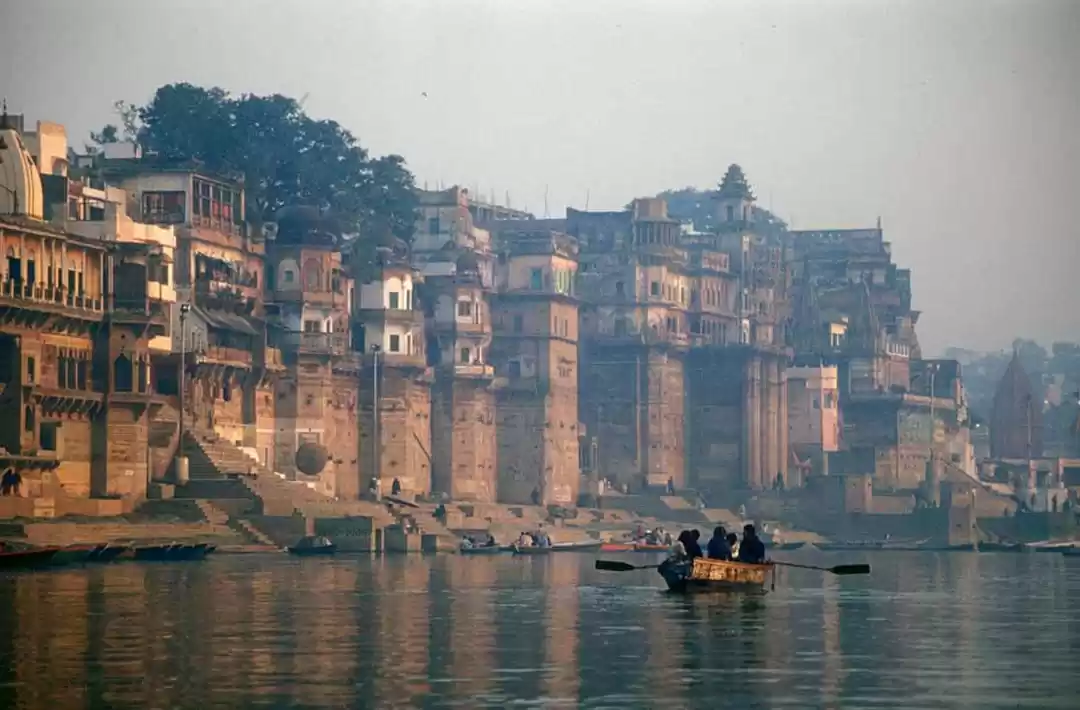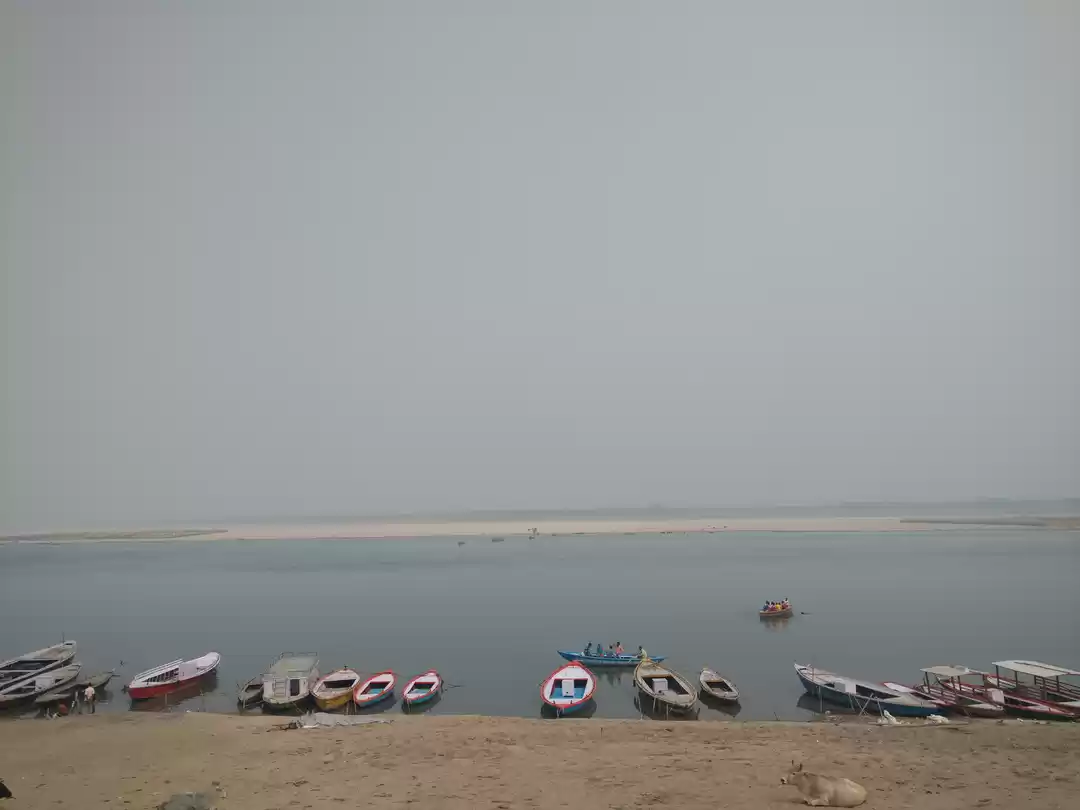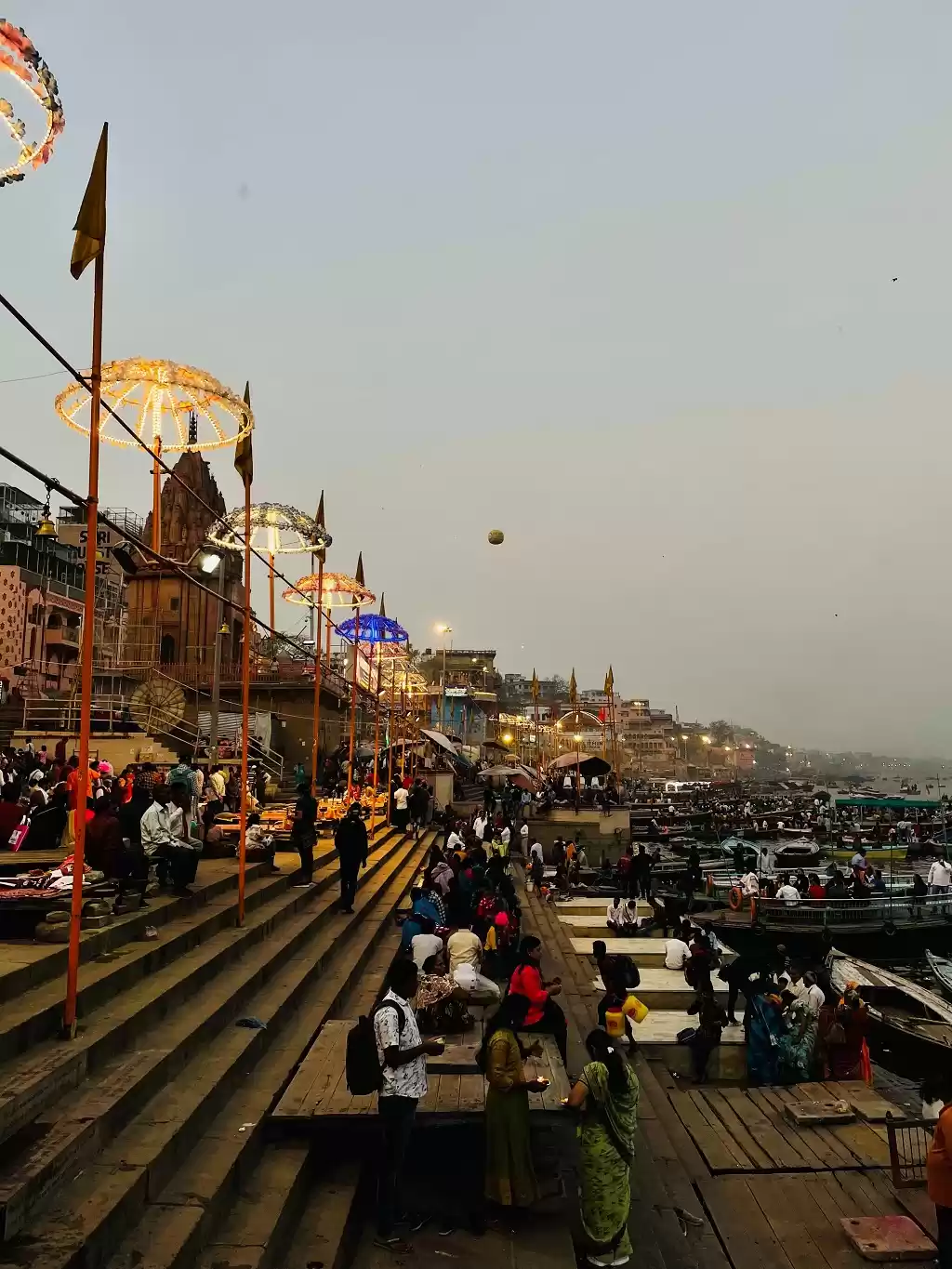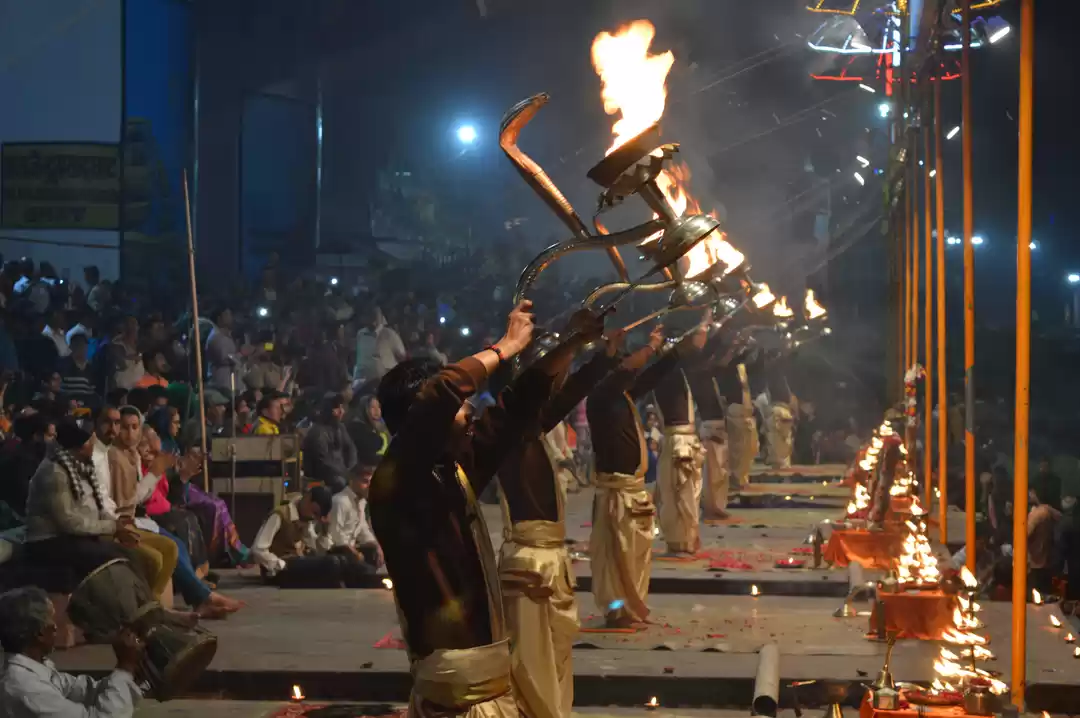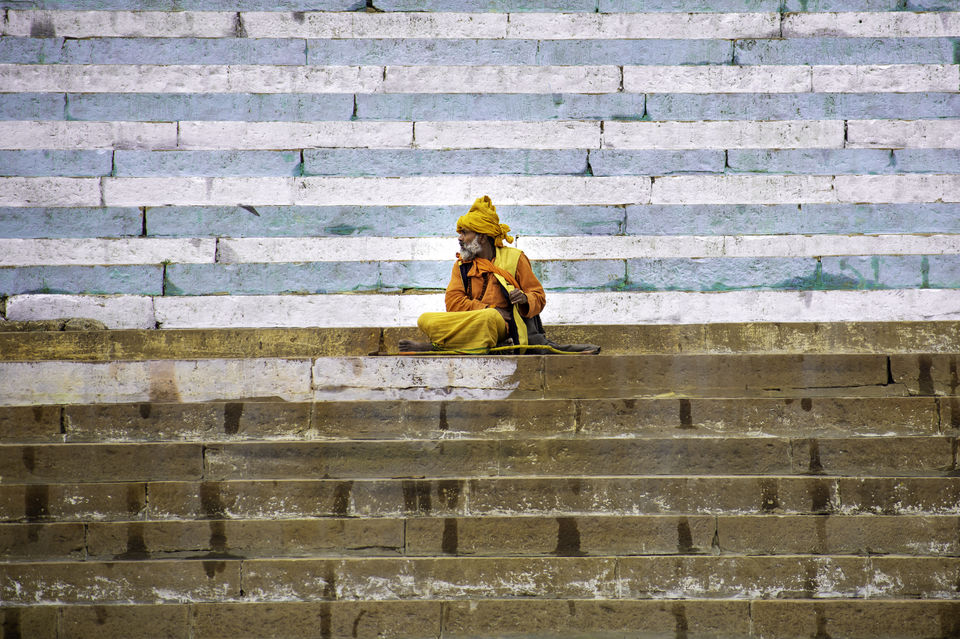
“Religion is what you are born with
Faith is what you live with”
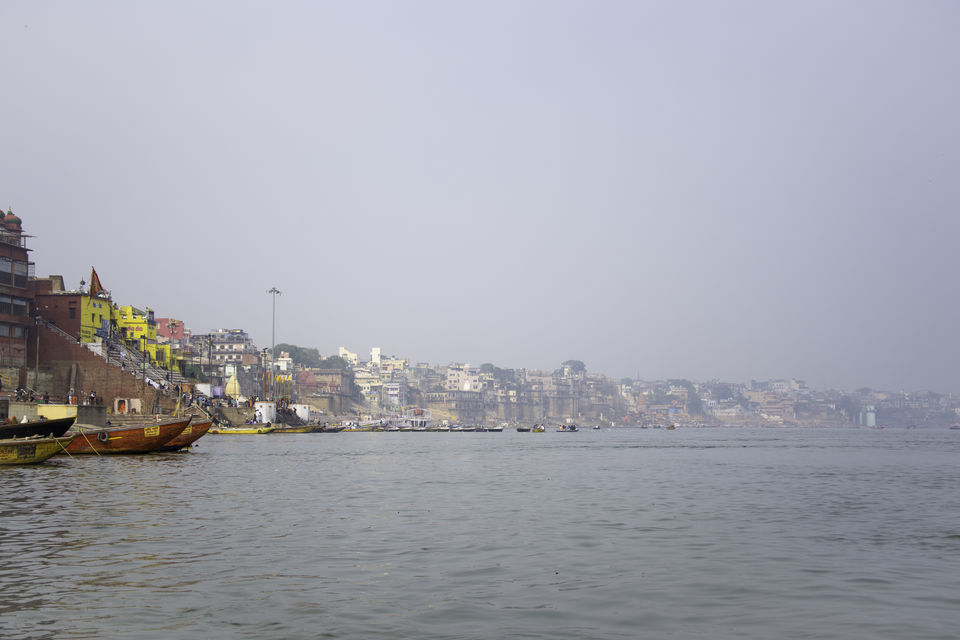
Varanasi is an experience … You can never be prepared enough to live this experience.
Varanasi, also known as Banaras or Kashi, is one of the largest cities in the north of India, approximately 850 kilometres from the Indian capital, New Delhi. It is a melting pot of religion, faith and cultures of some of the oldest civilization and religions of the world. Major religions like – Hinduism, Buddhism and Jainism and later on, Islam have flourished and influenced its culture and beliefs. Situated along the banks of the river Ganges, the city dates back to 3500 years and is one of the longest continuously inhabited cities in the world.
My first experience with this cultural melting pot came in the form of a 2-day trip to the city in the December 2019. I had read and heard a lot about the legends and stories surrounding the city, but little did I know that it was the tip of the iceberg. An iceberg that was to change my life probably forever.
One of the most famous legends surrounding the creation of this holy city is that it was established by Lord Shiva as a residence for staying with his wife Parvati. Thus, the original name is Kashi which is a derivative of Kashika meaning illuminated one. The place was called so since it was the city of Shiva known as the illuminated one or Kasha due to his knowledge and mediation.
Another name of the city is Varanasi, and its origin is based on the fact that it lies at the confluence of two major tributaries of Ganges, the Varuna and Asi. Thus, the name Varanasi was derived. It was much later during later part of 20th century that it started being called as Banaras, as Muslim and British settlers started coming into India.
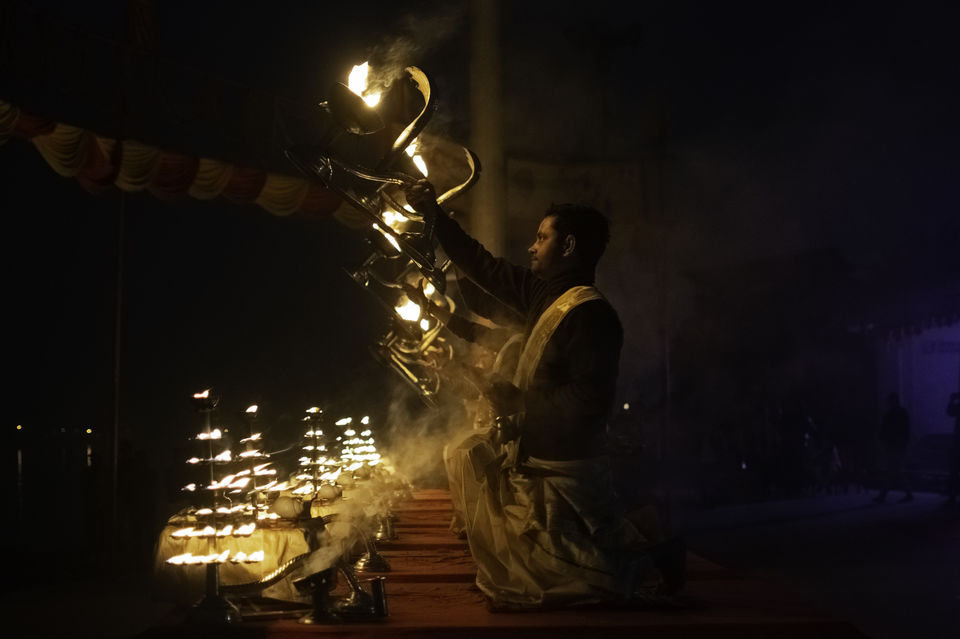
Varanasi is at its best when explored on foot and that’s exactly what I did. I followed through the narrow by lanes and the busy main roads until I reached Godowlia, one of the main crossroads of the city and an awesome spot for street food. A little more walk, and I was at one of the multiple gates of the Kashi Vishwanath temple. This is one of the 12 Jyotirlingas or the most premiere Shiva temples in the world. Of the 23,000 plus temples in the city, Kashi Vishwanath is the crown jewel. The crowd all seems so engulfed in passion and love for the deity that the vibes can be felt even when you are metres away. I deposited my belongings at one of the locker rooms outside the temple and after a massive amount of security checks I was in the holy premises. To be honest…I have seen lesser security at airports then at the temple.
The main premises are filled with many shivalingas that adorn the walkway to the inner sanctorum that houses the main jyotirlinga. The legend behind the jyotirlinga goes that when the war between the Vishnu and Brahma, the two supreme gods in Hindu mythology seemed never ending, Shiva stepped in to create peace. He transformed himself into a large pillar of light or jyoti that penetrated the heaven and hell. Of the two gods, Brahma and Vishnu, whoever reached the end of the Jyotirlinga was to be declared the winner of this conquest. Brahma moved upward while Vishnu went looking for the base. After long and perilous searching, both were nowhere near the end. When Shiva asked that whether they found the end, Vishnu accepted his defeat whereas Brahma lied to finding the top. Angered, Shiva cut off Brahma’s fifth head and cursed him that he was to be never worshipped on earth again. The beam of light that was used is the jyotirlinga which is what the temple is built around.
The history surrounding this temple hasn’t been very peaceful. The temple has been destroyed and rebuilt many times. The last attempt being by the Mughal emperor Aurangzeb when he invaded the region. In order to prevent the fall of the jyotirlinga, the temple’s head priest jumped into the temple well with the linga. Aurangzeb built a mosque on the demolished portion, which is now known as the Gyan Vapi Masjid and shares a wall with current temple perimeter.
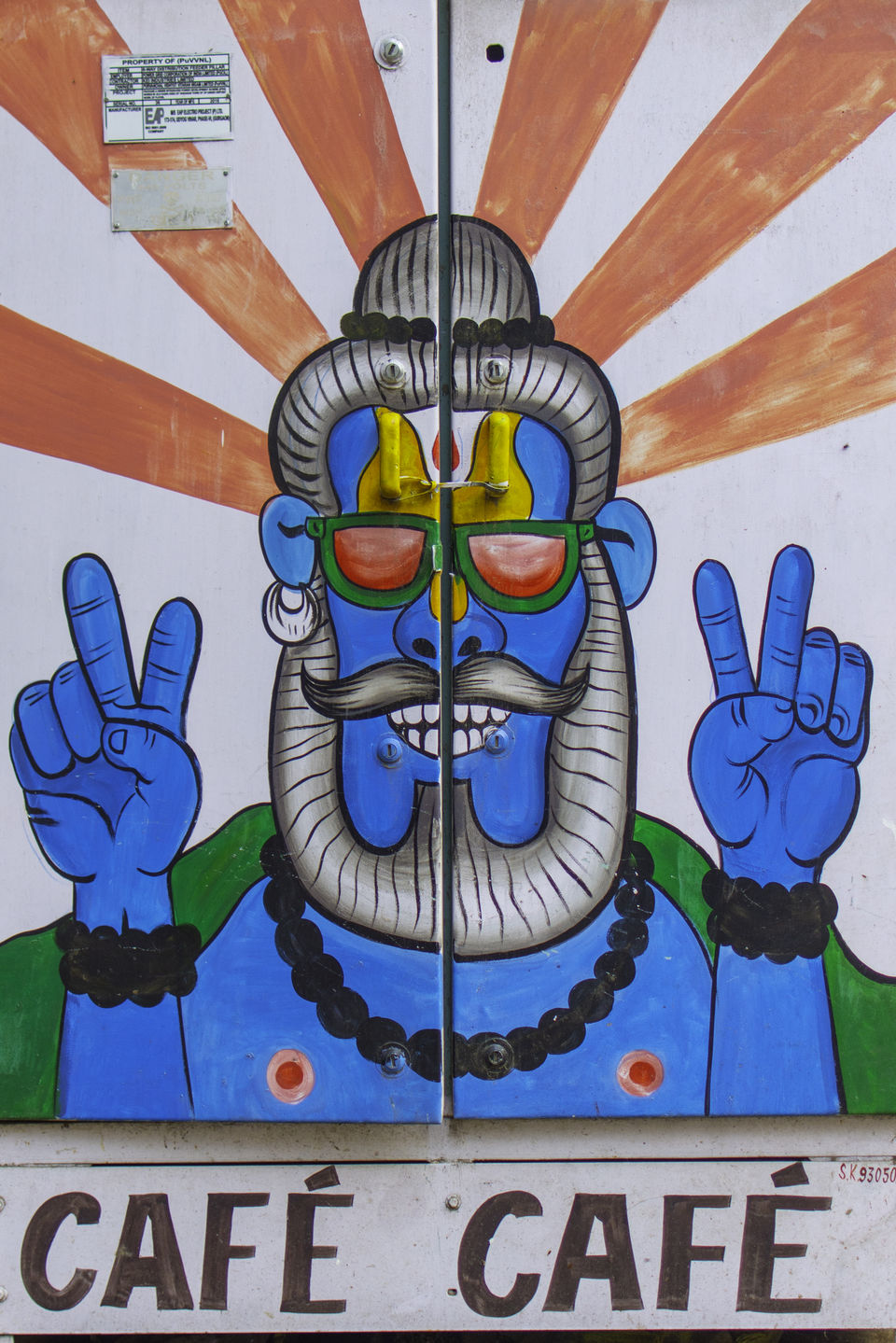
An interesting myth surrounding the temple that neither do eagles fly over the city nor do lizards make sound. The myth goes that after Rama killed Ravana he wanted to perform puja to a swayambhu or self-originated shivalingam. He entrusted the task to Lord Hanuman. When Hanuman entered the city, Garud, the eagle, and a lizard helped him identify the linga. Hanuman took the linga without seeking permission of the protective deity of the city, Kaal Bhairava. Kaal Bhairava, in his anger, cursed the Garuda to not fly over the city, and lizard to not make sound. The words hold true even to the present day.
Kasha is also known for being the birthplace of the Hindu epic – “Ramayan”. The saint Tulsidas is credited to have written the epic. This epic can be witnessed in all its glory at the Tulsi Mandir with entire epic engraved on the walls of this massive 2 floor temple. Apart from this there are a whole lot of temples to visit where one can witness religion and be a part of it, where one can meditate and find inner peace or just contribute to the common good. The Banaras Hindu University which is present in the city contains the one of a kind Bharat Mata temple. It too is worth a visit.
Banaras having proximity to the city of Prayagraj that holds the Kumbh mela, the largest human gathering on the planet, also has a lot of travelling sadhus and aghoris. These aghoris are ascetics who are devout shiva bhakts that have denounced the world and live in secrecy and penance. They can be seen moving around the city and meditating at the various temples. Conversation with these sadhus are a treasure trove of information and these conversations are the source of most of data in this blog Photographers looking to capture culture and portraits will find themselves at awe by the emotions and expressions reflected by these sadhus. To sum up they are an integral part of the city of Kashi as they are the ones chosen by Shiva himself.
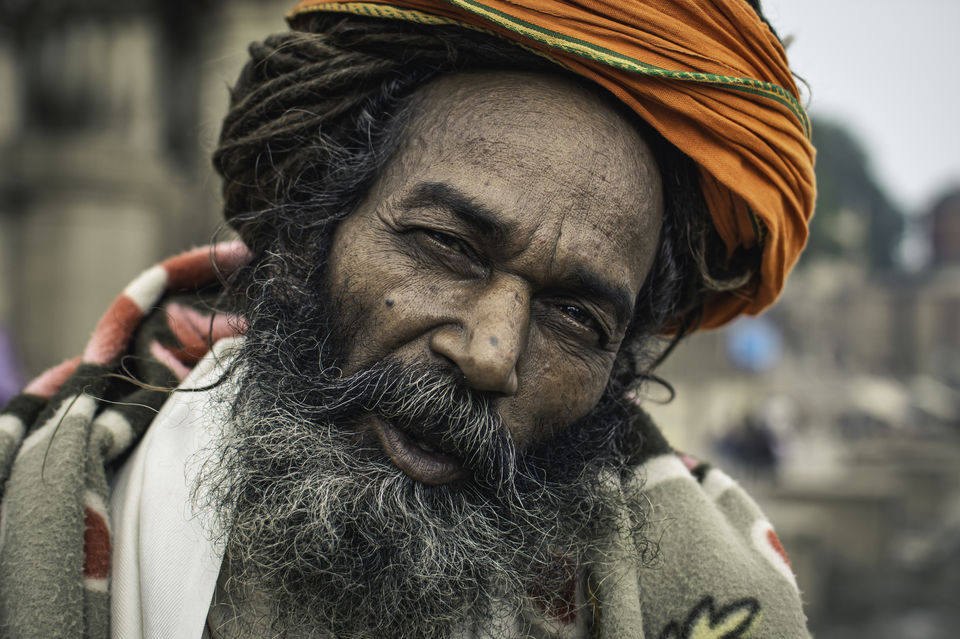
Jainism is yet another faith that has Varanasi as a major pilgrimage. The city is the birthplace of 4 of the 24 Tirthankars of the religion. The city has a large amount of Jain temples and monks that are worth a visit if one wants to find peace and discover the parching of nonviolence and ahimsa.
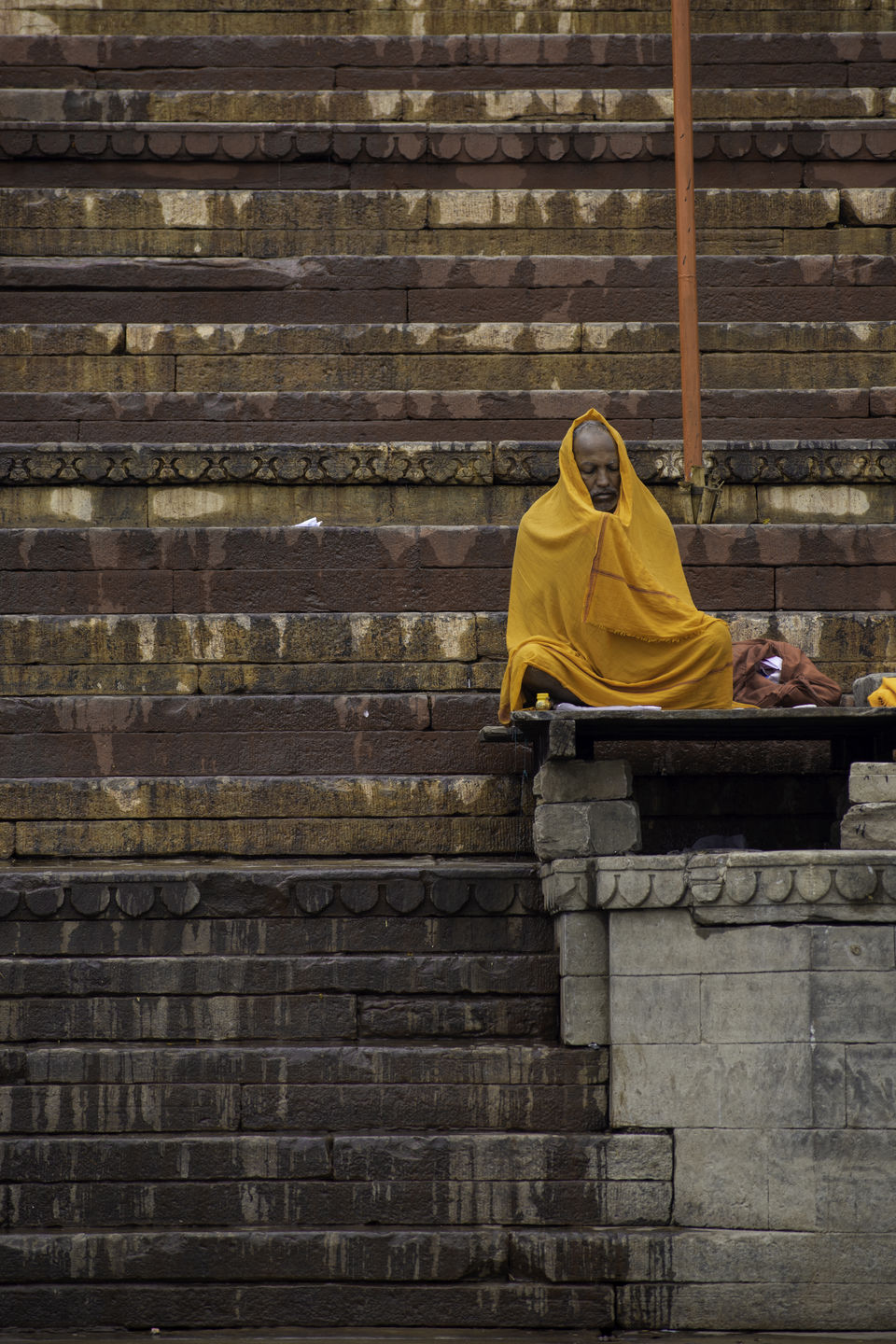
About 10 kilometres from Varanasi lies the city of Sarnath. The city is famous for being the birth place of Buddhism Legend has it that this is the place where the Buddha gave his first sermon to his early Disciples. ] The great emperor Ashok is known to have erected a Massive Stupa to commemorate this event after he converted to Buddhism. Today Sarnath huoses the ruins of this stupa along with those of monastery considered to be the first of its kind in the world. The place is extremely peaceful, surrounded by lush gardens and a deer park, It also contains a museum housing the famous Ashokan Pillar which is now the national emblem of India. Thousands of Tourists and pilgrims flock to this place to seek the blessing of the Buddha and Find inner peace.

So in all Banaras happens to be the melting pot of many cultures and faiths.











